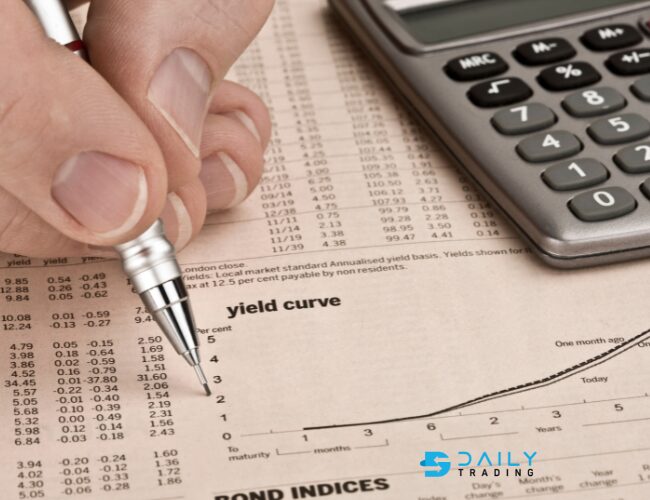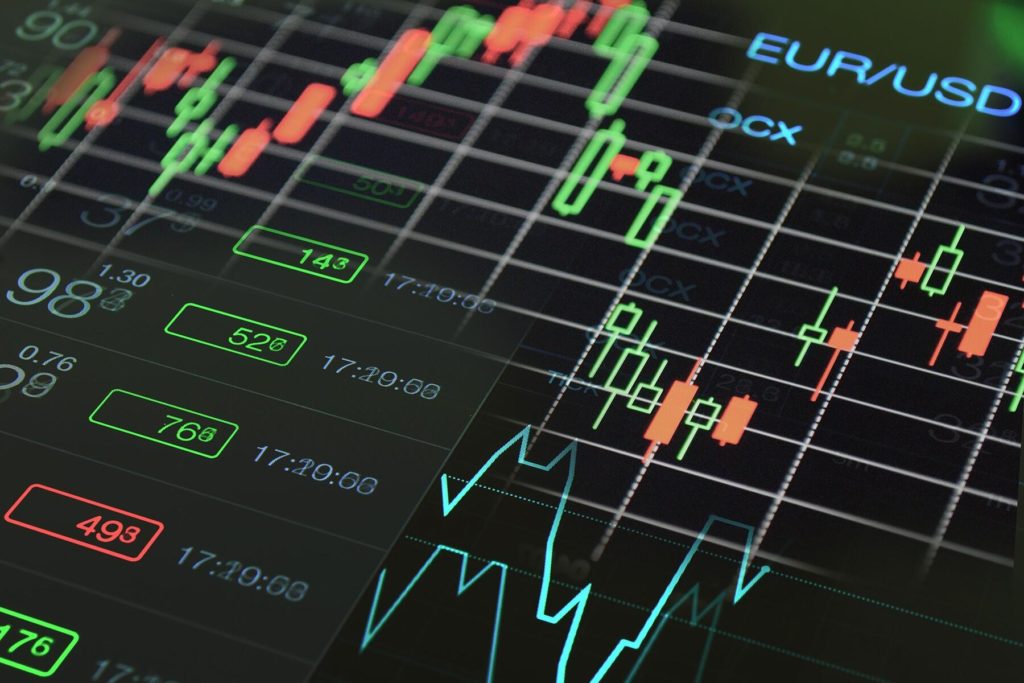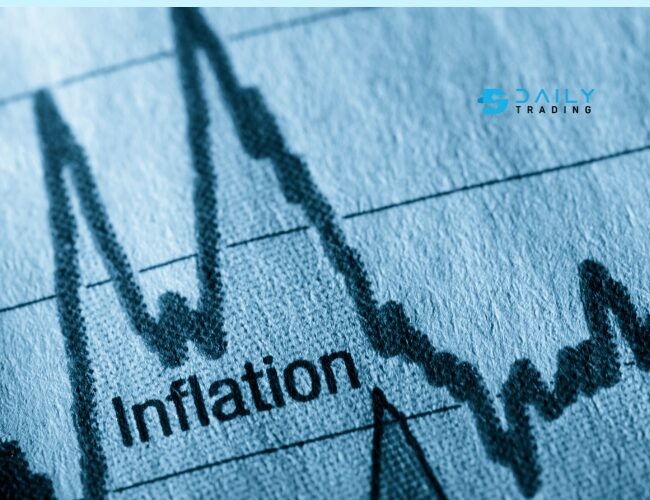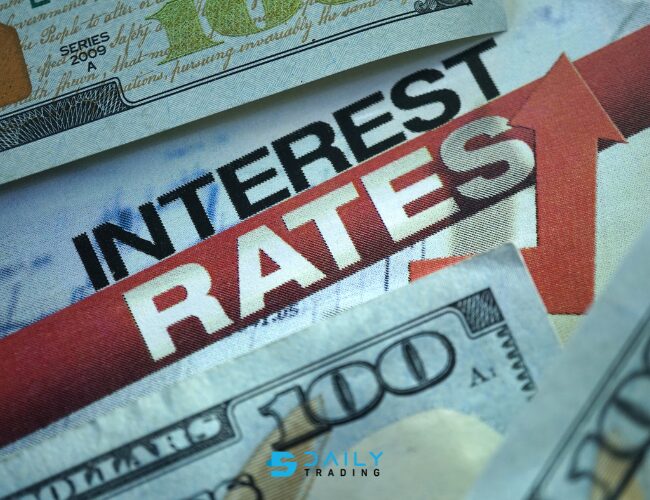The Effects of an Inverted Yield Curve on the Economy
A yield curve represents the relationship between short- and long-term interest rates of U.S. Treasury bonds. An inverted yield curve happens when short-term interest rates exceed long-term rates, which is an unusual and critical economic event. Under normal circumstances, long-term debt carries higher interest rates due to greater risks associated with extended maturities.
An inverted yield curve indicates higher risk in the near term compared to the long term. It’s also one of the most reliable predictors of an impending recession.
Key Points:
- A yield curve displays interest rates on bonds with different maturities.
- Inverted yield curves occur when short-term debt instruments have higher yields than long-term ones, signaling uncertainty.
- These inversions are significant since long-term debt generally carries more risk and should offer higher yields.
- Historically, an inverted yield curve has been a strong indicator of recessions.
Understanding Interest Rates and Yield Curves
Typically, short-term interest rates are lower than long-term rates, resulting in an upward-sloping, normal yield curve. However, when short- and long-term rates begin to converge, the curve flattens, often preceding a transition into an inverted curve.
What Does an Inverted Yield Curve Signal?
An inverted yield curve is widely regarded as a signal of a looming recession. When short-term rates surpass long-term rates, it reflects market concerns that future economic conditions will worsen, leading to lower returns on long-term investments. Investors, in turn, expect yields on long-term fixed-income securities to decrease.
Changing Perspectives on Inverted Yield Curves
Recently, this theory has been challenged. Increased demand for U.S. Treasury securities—driven by foreign investors—has led to persistent high demand for U.S. debt instruments. This demand allows the U.S. Treasury to offer lower interest rates, suggesting that supply and demand, rather than purely economic downturns, might be behind yield curve inversions.
Rare Occurrences of Inverted Yield Curves
Historically, yield curve inversions have been uncommon. However, they have appeared before major economic downturns, including the Great Recession of 2007-2009 and, more recently, during the 2019-2020 period preceding the COVID-19 pandemic. Yield curve inversions have preceded every U.S. recession since 1956, making them a critical economic indicator.
Formation of an Inverted Yield Curve
When recession fears mount, investors often buy long-term Treasury bonds, which are considered safer than stocks. This surge in demand lowers long-term yields, while short-term interest rates remain high, creating the inversion. Notably, since 1955, equities have peaked six times following a yield curve inversion, with recessions occurring within six to 24 months.
For instance, the yield curve inverted in August 2006, foreshadowing the stock market peak in 2007 and the subsequent recession. Similarly, an inverted yield curve in 2019 raised concerns about an upcoming economic slowdown, which was later exacerbated by the COVID-19 pandemic.
Impact on Consumers
For consumers, an inverted yield curve can increase borrowing costs for adjustable-rate loans, such as mortgages. Higher short-term rates lead to higher payments on adjustable-rate mortgages (ARMs). Fixed-rate loans may become more attractive in such an environment.
In addition, lines of credit and other forms of consumer debt become more expensive to service, reducing disposable income and negatively impacting economic growth.
Impact on Fixed-Income Investors
For fixed-income investors, an inverted yield curve diminishes the benefits of long-term bonds. Under normal conditions, long-term bonds offer higher yields to compensate for the increased risks of holding them for extended periods. With an inverted curve, short-term debt offers better returns, making long-term investments less appealing. In some cases, U.S. Treasury-backed securities may offer returns comparable to riskier investments like corporate bonds and real estate investment trusts (REITs), but without the associated risks.
Impact on Stock Investors
Inverted yield curves can harm companies that borrow short-term and lend long-term, like community banks, as profit margins shrink. Hedge funds may also need to take on more risk to maintain returns.
Conversely, industries such as consumer staples and healthcare—less dependent on interest rates—tend to perform better during economic downturns, leading investors to turn to defensive stocks when a recession looms.
Theories Explaining the Yield Curve
Two main theories help explain the shape of the yield curve:
- Pure Expectations Theory: This theory suggests that long-term rates are simply an average of expected short-term rates over time.
- Liquidity Preference Theory: It argues that longer-term bonds require higher yields to compensate investors for tying up their capital for extended periods, offering liquidity compensation.
Recent Inverted Yield Curve Occurrences
The yield curve inverted in March 2022, shortly after the Federal Reserve began raising interest rates to control inflation. The inversion persisted through a series of interest rate hikes and peaked in July 2023.
How Accurate Are Inverted Yield Curves at Predicting Recessions?
Inverted yield curves in U.S. Treasuries have accurately predicted every recession since 1955, with only one false signal. While the yield curve’s predictive power is strong, it’s important not to rely solely on it when making investment decisions. External events, such as the COVID-19 pandemic, may cause economic disruptions independent of market indicators like the yield curve.
The Effects of an Inverted Yield Curve is a historically reliable indicator of future recessions. However, investors should avoid overreacting to its signals. Long-term investment strategies, focused on building diversified portfolios, are more resilient to short-term market fluctuations. For short-term investment needs, higher-yielding short-term options may be more attractive during an inversion, but these anomalies don’t last forever. Adjusting your portfolio once the inversion ends is crucial for maintaining a balanced, risk-adjusted approach.












Leave a comment